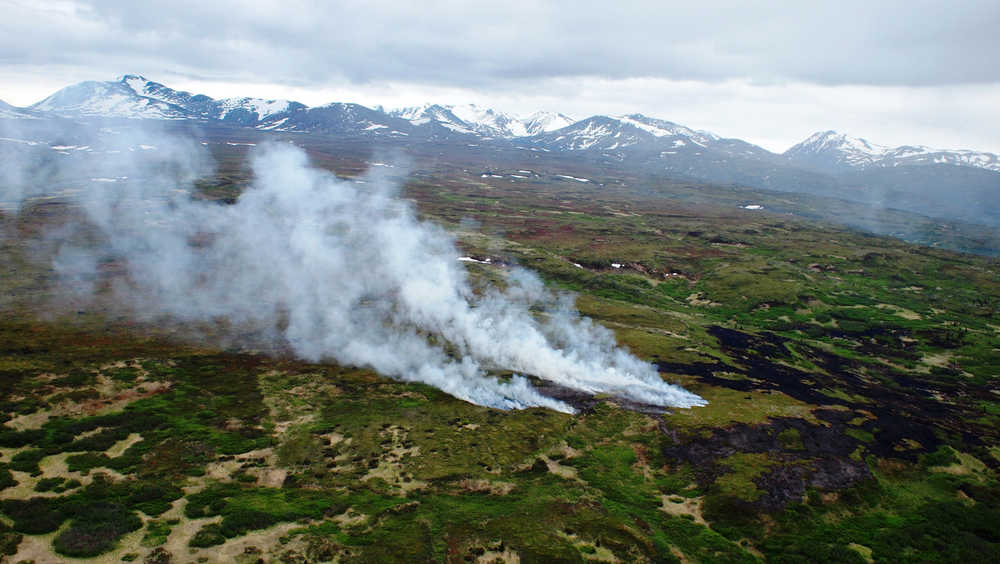Just a few weeks ago, the Wilderness Act celebrated its 50th anniversary. Signed into law by President Lyndon Baines Johnson on September 3, 1964, the Wilderness Act established the National Wilderness Preservation System by designating 54 U.S. Forest Service-administered wilderness areas, totaling 9.1 million acres on National Forests in 13 states. Included were some of the nation’s most iconic wilderness areas like the Bob Marshall Wilderness in Montana and the Gila Wilderness in New Mexico.
The Act also established the process for designating Wilderness areas and required the Forest Service, the National Park Service and the U.S. Fish and Wildlife Service to evaluate lands for possible future Wilderness designation by Congress.
It was not an easy push. The author and architect of the Wilderness Act, Howard Zahniser, wrote 66 drafts of the Wilderness Act between 1956 and 1964 and navigated the bill through 18 Congressional hearings. A tireless crusader, Zahniser was influenced by the poets William Blake and Henry Thoreau and inspired by some of nation’s most revered conservationists — Aldo Leopold, Olaus and Mardy Murie, and Bob Marshall.
His definition of wilderness in the Wilderness Act, is itself poetic: “A wilderness, in contrast with those areas where man and his own works dominate the landscape, is hereby recognized as an area where the earth and its community of life are untrammeled by man, where man himself is a visitor who does not remain. … An area of wilderness is further defined to mean in this Act an area of undeveloped Federal land retaining its primeval character and influence, without permanent improvements or human habitation, which is protected and managed so as to preserve its natural conditions …”
What makes the Wilderness Act unique and powerful was Zahniser’s capturing of the inherent but intangible value of wild places for their “wildness.” He carefully chose the word “untrammeled” for his definition, against the advice of many who thought it too obscure, which in essence means “free of manipulation” by man. In doing so, he was emphasizing his belief that allowing the natural processes at work in our nation’s wildest places to continue without interference was critically important in the face of a rapidly developing and mechanizing nation.
Through the Act, Zahniser also recognized the need to protect wilderness for its more tangible benefits to us and our physical, mental and spiritual well-being by providing opportunities for primitive recreation and solitude and through its educational, historical and scientific values.
Today, on the Act’s 50th anniversary, there are 758 Wilderness areas in 44 states, totaling nearly 110 million acres, including our own Kenai Wilderness within the Kenai National Wildlife Refuge. Not unlike passage of the Wilderness Act, designation of additional wilderness areas by Congress has almost always depended upon strong grassroots advocacy on the part of citizens. This certainly was the case in Alaska and here on the Kenai.
Well before the passage of the Wilderness Act, the Kenai National Moose Range’s first manager Dave Spencer advocated for protection of its wilderness values. His ideas came to fruition in 1957 when an 800,000-acre area between Skilak and Tustumena lakes was formally designated as the Andy Simons Research Natural Area. Through this designation, the area was to be managed so as to allow “natural processes to predominate.” Mr. Simons, the area’s namesake, was a 55-year resident of the Kenai Peninsula, a member of the territorial Alaska Game Commission for 28 years, a master guide, and had strongly supported the establishment of the Moose Range in 1941.
In the 1960s, succeeding managers Will Troyer and John Hakala continued to push for protection of wilderness values. It was at this time that the idea for a canoe trails system encompassing many lakes in the Moose Range’s northern lowlands was born, which became the now famous Swanson River and Swan Lake Canoe Trails, and regulations were promulgated to restrict motorized use and promote wilderness recreation within the area.
In the early 1970s, wilderness reviews and recommendations for formal designation of Wilderness areas on the Moose Range were completed, as called for in the Wilderness Act. As in so many other cases, local grassroots advocacy played a pivotal role.
The Kenai Conservation Society was formed in 1965, a group of local residents including Dr. Calvin and Jean Fair, Helen and Jim Fischer, George Pollard, Bill and Jean Schrier and Marge Mullen. They worked tirelessly on conservation issues affecting the entire Kenai Peninsula, including furthering wilderness protection on the Moose Range, highlighted by Ms. Mullen’s eloquent testimony in June 1971 at very contentious public hearings on wilderness designations in Alaska.
The group recommended a substantially larger proposal for wilderness designation on the Moose Range than the proposal forwarded by the Fish and Wildlife Service. Their efforts culminated in the designation of the 1.34 million-acre Kenai Wilderness under the Alaska National Interest Lands Conservation Act in 1980, which encompasses almost two-thirds of the Refuge.
Next Friday, Oct. 3 from 6 to 8 p.m., the Refuge and the Kenai Visitors and Cultural Center will be hosting a “Wilderness Jam” and the opening of the “Voices in the Wilderness” traveling art show to celebrate the Wilderness Act’s 50th anniversary. The Voices exhibit, which will be open to the public through October 25, features a showcase of artists from around the world — poets, sculptors, painters, photographers, fiber artists, and musicians — who lived as artists-in-residence in some of America’s most remote and beautiful wilderness areas. Friday evening’s festivities will include drawings and poetry by local students, a special photographic exhibit on the Kenai Wilderness, and live music and refreshments.
Please join us at the Kenai Visitors and Cultural Center for this free event!
Andy Loranger is the Refuge Manager of the Kenai National Wildlife Refuge. You can find more information about the Refuge at http://kenai.fws.gov or http://www.facebook.com/kenainationalwildliferefuge.

